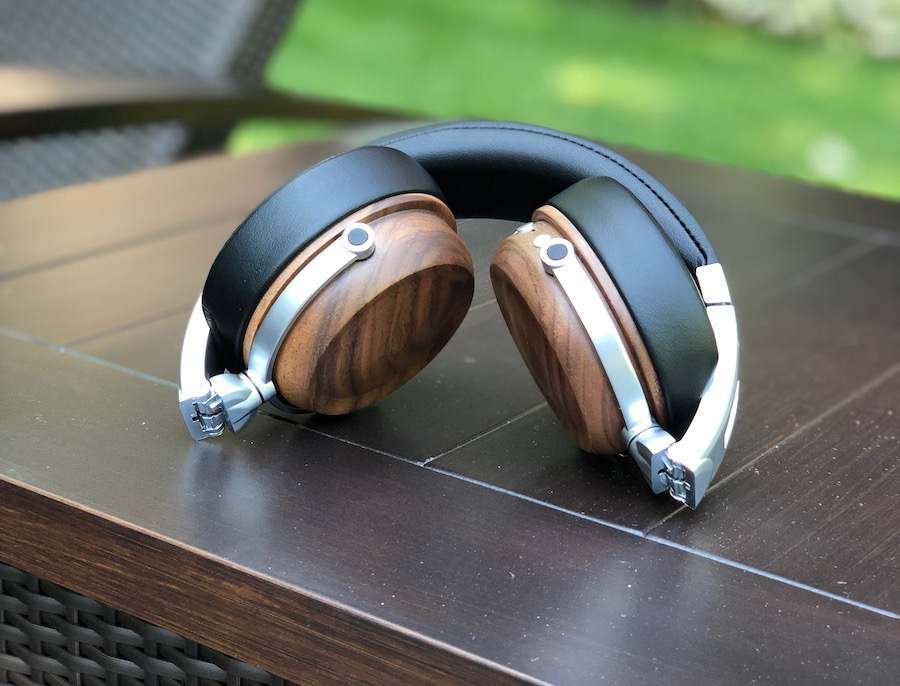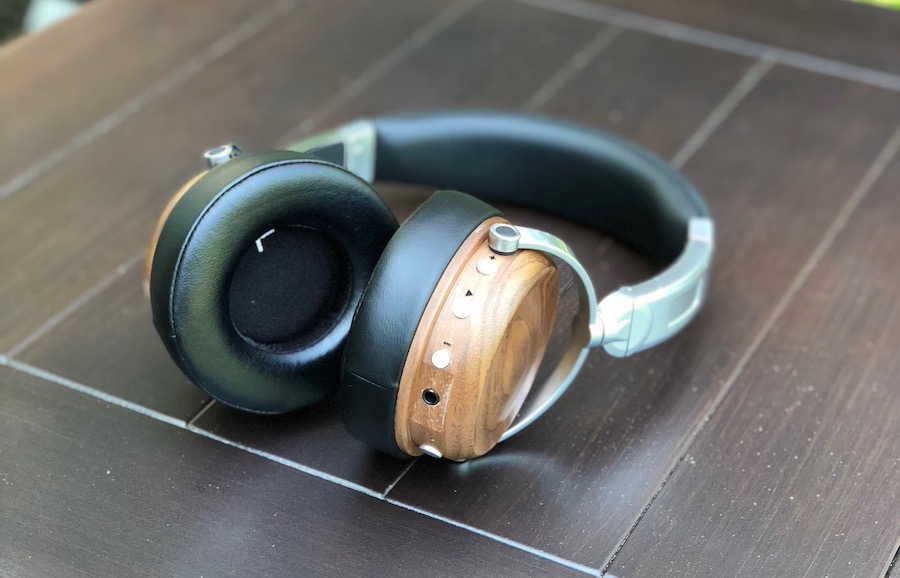Review: EVEN H2 headphones tailor sound based on your hearing
When I was first pitched these headphones I was a skeptic, how much better could they be than premium headphones made by companies like Bowers & Wilkins and Master & Dynamic? It wasn’t until I spoke to EVEN founder & CEO, Danny Aronson that I started to come around to the idea of personalized headphones based on your ears ability to hear different frequencies.
Mr. Aronson is a serial entrepreneur who has spent a lot of time in the music industry. He started a music studio in Israel that became the largest music production company in the company, working on audio for advertisements, TV, and movies. It was all this time spent listening to audio that Aronson became frustrated with personal audio.
It’s common knowledge that people’s hearing can degrade over time and that everyone hears differently, yet since the dawn of headphones, companies have been testing them the same way: in a vacuum with what’s called a “Dummy head,” which is essentially a perfectly shaped head paired with state of the art microphones. “People just don’t hear that way,” said Mr. Aronson, “they are testing for an imaginary audience.”
Intrigued by the conversation, I asked Mr. Aronson to send me a pair of his EVEN H2 headphones for review so I could test his technology for myself. He agreed.

The secret sauce: EarPrint
The patented technology behind EVEN’s headphones that differentiates them from the competition is EarPrint. When you first setup the H2 headphones, Sarah (the voice in the headphones) will walk you through the process of determining your EarPrint by playing 8 short clips of music in one ear at a time. The entire setup process in my experience took about 90 seconds. Once you have gone through the EarPrint setup process, the H2 headphones are now tuned for your ears. It’s also worth mentioning you can setup multiple EarPrints via the EVEN app. For example, you can have an Office/Home EarPrint, an airplane EarPrint, and even an EarPrint for when you’re outside, which could definitely be beneficial if you live in a city, such as myself.
Before I move on, I should note a few things: EVEN’s marketing indicates that their headphones are like “glasses for your ears,” and while I applaud the cleverness of the marketing, it’s worth noting that unlike your eye prescription, to date there are no scientific or medical institutions that have stated an “EarPrint” is an actual official measure of your auditory abilities. That being said, EVEN’s argument for the H2 serving as “glasses for your ears,” does still have some merit.
As I mentioned before, not everyone hears the same, your left and right ears receive and translate vibrations traveling through the air differently, and of course, aging plays a role as does potential exposure or damage to your cochlea.

While EVEN’s EarPrint technology is the major differentiation point of their headphones, you can use them without configuring an EarPrint for yourself. And in fact, they offer a fairly balanced and good sound even without the patented EarPrint tech. In my experience, by default the mids, highs, and lows are balanced and this tuning applies to when the headphones are in either the wired or Bluetooth modes.
When you turn on the EarPrint mode (via the app or by pressing the the dedicated button placed on the right earphone), the listening experience completely changes. Normally, I’d review a headphone based on what I hear which is affected by how the headphones were tuned (balance, quality, mixing, etc) by the manufacturer, but the EVEN H2 also tackles how I hear.
I’d say with EarPrint turned on all music sounds closer to the ear than a normal on-ear headphone. I really enjoyed the sound produced by the H2 headphones with EarPrint on, I’m a fan of bass with my music, but not in an overwhelming manner. I found the bass placement to be better than other headphones on the market (e.g. Beats–which if you know me, I’m not a fan of their headphones).
Listening to music with the H2 headphones offers a more intimate, clear, and very balanced experience. In my tests, I listened to all sorts of genres from pop punk/rock to classic rock to alternative and pop.
When testing the H2’s against other wireless headphones (including Bowers & Wilkins PX and Master & Dynamic MW60) the EVEN H2 stood their ground. To date, I’ve spent my life not listening to headphones that are fine tuned specifically for my ears, so it does sound “different,” than other headphones I’ve become accustomed to–but not in a bad way. It’s a bit hard to describe, especially since, if you took my H2 headphones, put them on, and started listening to music with my EarPrint, they likely wouldn’t sound that great to you–because they are not tailored to your ears, they’re tailored to mine.
Comfort & design

The EVEN H2 headphones are extraordinarily comfortable, the padding on the ears is super soft–it’s like a pillow on your ears. Even after wearing these on my head for over an hour, I felt no discomfort whatsoever.
When it comes to the design, they could use some work. I’m not a fan of the wood finish on the outside of the ear cups, but that’s me. I’m told the team wanted to add a human element to their headphones and make them stand out from typical plastic/black headphones most people are accustomed to.
Who are these headphones for?
According to Mr. Aronson, the type of people they are targeting with their product are “musicphiles,” people who love music but don’t consider themselves audiophiles in the traditional sense. The company’s products have been in the market for two years and they have more than $1 million in sales.
Bottom line
So should you buy the EVEN H2 headphones? If you’re in the market for a new pair of headphones and are looking for something a bit different (in a good way), then yes. If you’re currently happy with your existing over ear headphones there’s no reason to rush out and buy these. You can get them today on Amazon for $229.
I’d be surprised if other audio companies didn’t follow in EVEN’s footsteps, I could totally see Bowers & Wilkins, Sennheiser, Master & Dynamic, and others taking note here: the future of personal audio might just involve creating your own, personalized listening profile based on your hearing.
